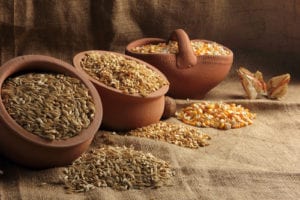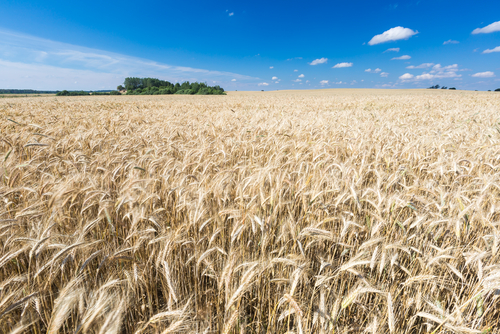The Whole Grain Issue
The title and content of this post can be taken in a couple of ways depending on where the emphasis lays. The whole grain issue vs refined grains.
There is a lot of confusion around grains in general, with some parties demonizing them and advocating for little or no consumption. In reality, whole grains can play an important role in our diet but like most things, the type you choose is critical and moderation is key.
That is the whole grain issue – which ones are good, which should we avoid? The answer to that question is very complex and varies from person to person.

In general, if you tolerate grains and choose to include them in your diet, whole grains such as quinoa, barley, and oats are a much better choice than heavily processed and refined bread, crackers, and cereal – even if they say “whole grains” on the label.
Whole grains provide a source of complex carbohydrates, fibre, vitamins and minerals which are all important to our diets. As a complex carbohydrate, whole grains provide a slower release of the sugars in them when compared to refined grains which in turn helps to control the body’s blood sugar levels (and insulin secretion) as well. The fibre in whole grains helps us maintain a healthy GI tract.
I suggest trying some of the many grains in different forms and preparations to see which ones work for your body. Many people find soaking grains before cooking with them very helpful for optimal digestion.
The whole grain issue surrounds health claims and the science behind the nutrition of whole grains vs. refined grains. Most of the good nutrients in grains that our bodies need are only there when they are kept whole or made into flour by grinding the whole grain – the endosperm, bran and germ – all together.
Many packaged foods include nutritional claims trying to entice buyers that are looking for healthier choices. These can be very misleading. For example, a product can have “whole grains” on it, or list “whole grain” as an ingredient when it could be mostly refined white flour with just a small amount of whole grain flour mixed in. Only if the label says “100-percent whole grain” can you trust it is truly “whole grain”. “Multigrain” is another highly misunderstood term – even if something has multiple grains in it, it does not mean they are whole or have many nutrients.
TIME CRUNCH
Let’s face it, in this day and age we don’t always have the time to cook everything from scratch. But if you are occasionally purchasing processed food, one of the most general guidelines is to start with the nutritional information listed on the label: The fewer ingredients, the better.
Don’t be afraid to get creative with different grains. Variety is the spice of life, after all, and it’s also beneficial for your body. Win-win!


